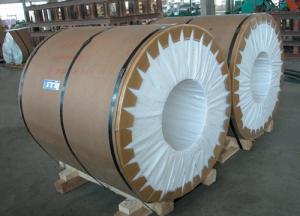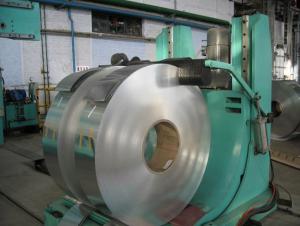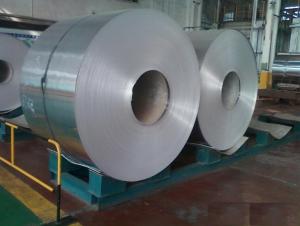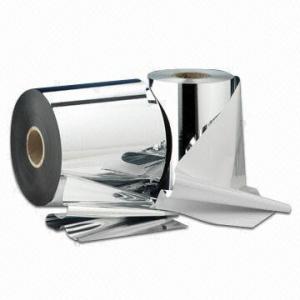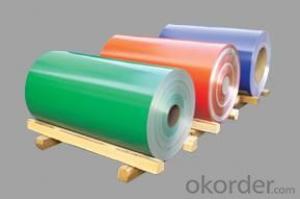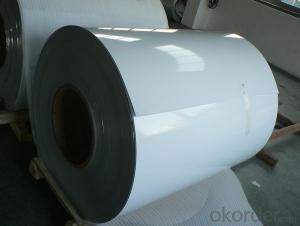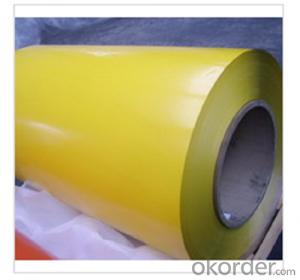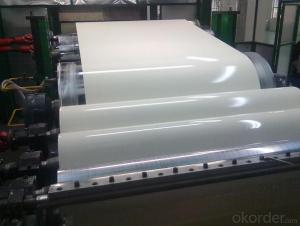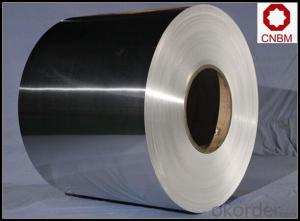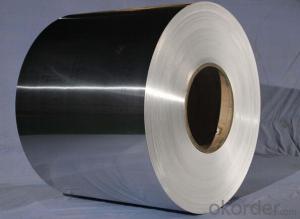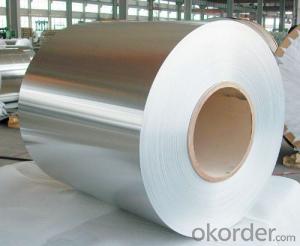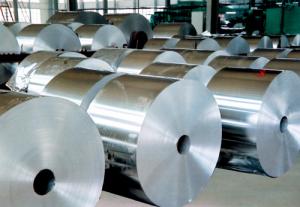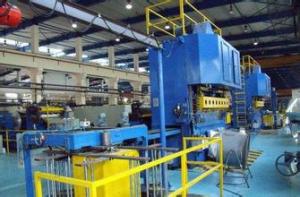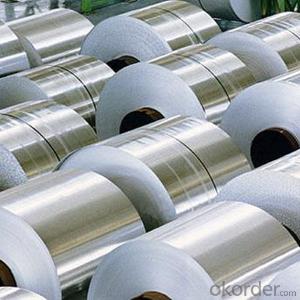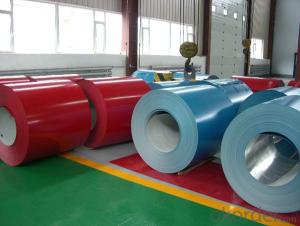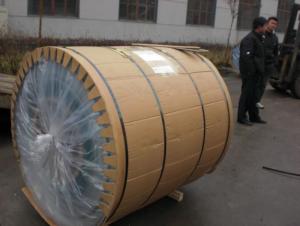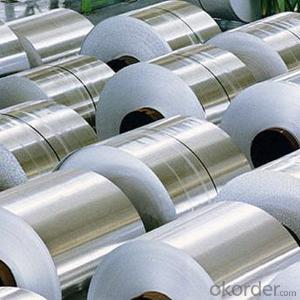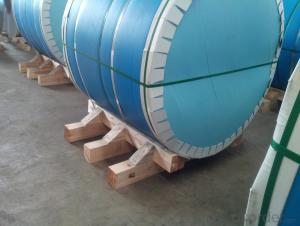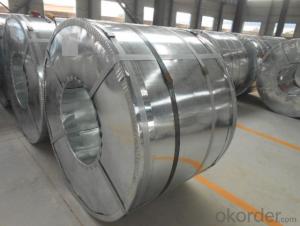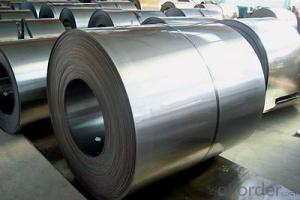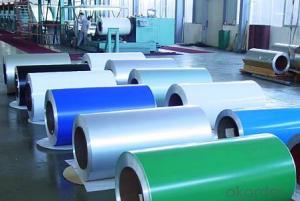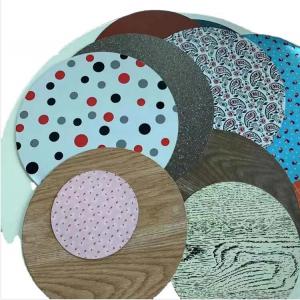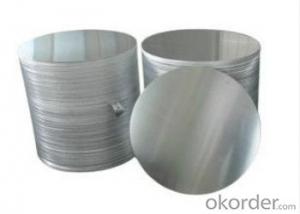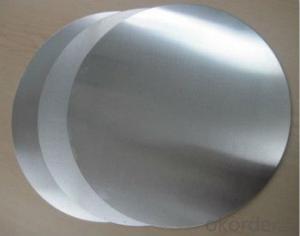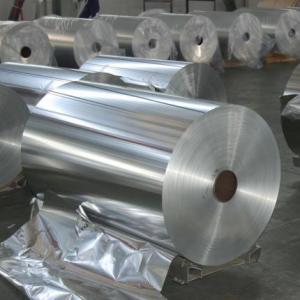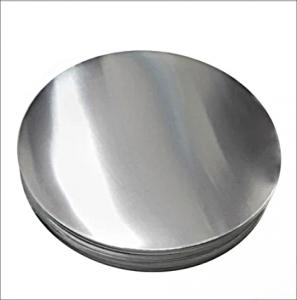Rollex Aluminum Coil Stock
Rollex Aluminum Coil Stock Related Searches
Coil Aluminum Stock Alcoa Aluminum Coil Stock Rollex Aluminum Trim Coil Aluminum Trim Coil Stock Anodized Aluminum Coil Stock Aluminum Roll Stock Vinyl Coated Aluminum Coil Stock Black Aluminum Coil Stock Colored Aluminum Coil Stock Aluminum Coil Stock For Sale Aluminum Coil Stock Lowe's Wood Grain Aluminum Coil Stock Aluminum Siding Coil Stock White Aluminum Coil Stock Colt Aluminum Stock Aluminum Gutter Coil Stock Coil Stock Aluminum Brown Aluminum Coil Stock Aluminum Coil Stock Prices Painted Aluminum Coil Stock 032 Aluminum Coil Stock Aluminum Coil Stock Brake 027 Aluminum Coil Stock 040 Aluminum Coil Stock Pvc Coated Aluminum Coil Stock Aluminum Foil Stock 024 Aluminum Coil Stock Aluminum Coil Stock Holder Aluminum Coil Stock Thickness Roll Aluminum CoilRollex Aluminum Coil Stock Supplier & Manufacturer from China
Rollex Aluminum Coil Stock is a versatile product that is widely used in various industries due to its durability and lightweight properties. This product is known for its excellent performance in applications such as construction, automotive, and aerospace, where high strength and corrosion resistance are required. The aluminum coil stock is ideal for manufacturing a wide range of products, from architectural components to intricate mechanical parts, making it a popular choice among businesses and manufacturers.The usage scenarios for Rollex Aluminum Coil Stock are vast, as it can be easily formed, welded, and machined to meet the specific needs of different projects. Its adaptability makes it a preferred material for applications that require a combination of strength, lightweight, and aesthetic appeal. Whether it's for outdoor signage, transportation vehicles, or industrial equipment, Rollex Aluminum Coil Stock offers a reliable and efficient solution.
Okorder.com stands out as a leading wholesale supplier of Rollex Aluminum Coil Stock, boasting a large inventory that caters to the diverse needs of customers worldwide. With their extensive range of products and commitment to quality, Okorder.com ensures that businesses have access to the materials they require to create high-quality, durable, and visually appealing products.
Hot Products


